The product recommendations in this post are recommendations by the writer and/or expert(s)
interviewed and do not contain affiliate links. Meaning: If you use these links to buy
something, we will not earn a commission.
It’s no secret that Starbucks is the king of coffee: it’s one of the largest and most well-known coffee chains with tens of thousands of stores worldwide. In the last decade, Starbucks’ year-over-year growth almost doubled, due to its focus on customer experience, holiday rollouts, convenient locations, and innovative beverages.
Starbucks isn’t one to shy away from experimenting with drinks. Sometimes a seemingly bonkers idea actually pays off, like the launch of the Pumpkin Spice Latte in 2003. Back then, the coffee house ignored an early consumer marketing survey that indicated customers were not likely to buy a pumpkin spice drink. Its gamble paid off: almost two decades later, the PSL has amassed a cult following, spawned tons of internet memes, and it’s now the coffee chain’s most popular seasonal drink.
But not every risk was a smash hit. Since its first store opened in Seattle in 1971, the company has made a few missteps. Here are nine Starbucks drinks that flopped.


Fancy a sparkling coffee? Perhaps not. In 1994, Starbucks teamed up with Pepsi to make Mazagran, a bottled coffee and soda hybrid. The cold, lightly carbonated coffee drink was sold in grocery stores and convenience stores that year, but it was polarizing. Starbucks CEO Howard Schultz reflected on the Mazagran in his book, Pour Your Heart Into It: “Some loved it, others hated it,” he wrote. “A lot of customers were willing to give it a try because of the Starbucks brand name, but Mazagran didn’t get the repeat business we had hoped for.” It wasn’t a complete fail though: the next year, Starbucks ditched the drink and focused on bottle Frappuccinos, a product that’s still popular today.
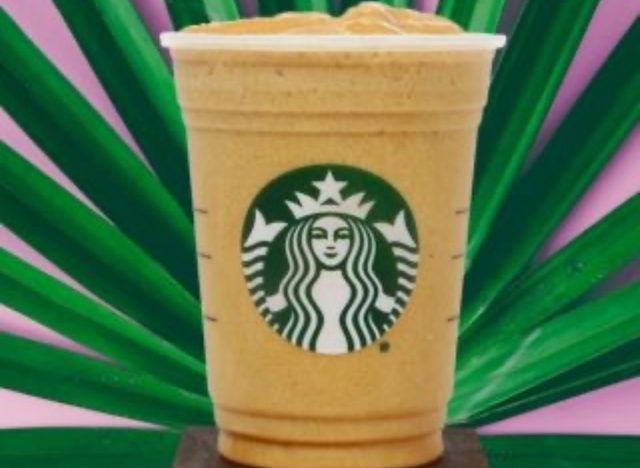

Cold brew, who? In 2018, your morning caffeine jolt got an extra dose of protein with Starbucks’ Protein Blended Cold Brew. Baristas nationwide mixed up the plant-based drinks in flavors like almond and cacao. “This beverage is inspired by our customers’ love for Starbucks Cold Brew and a growing interest in plant-based proteins,”according to a press release. However, baristas on Reddit said the drink was seriously lacking in the taste department. “The protein in them might as well have been sawdust,” one wrote. “My supervisors usually offer a refund before they even finish paying for it, just in case. It’s that bad,” wrote another. Apparently, it tasted like a gritty banana smoothie. Yum. (Luckily, it was only a limited time offer.)
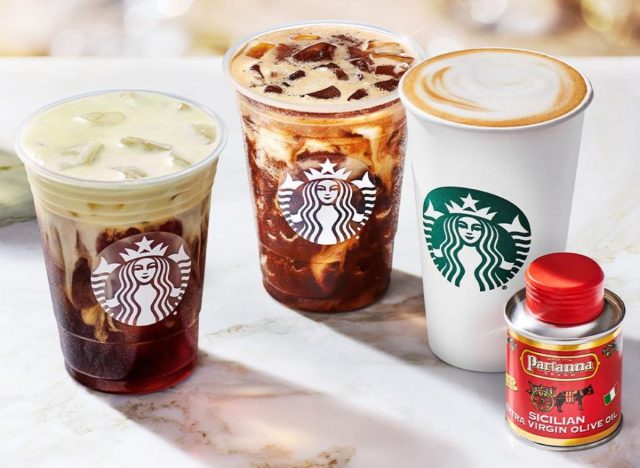

This year, customers were mildly disturbed when Starbucks announced a new line of olive oil-infused caffeinated beverages. The Oleato line debuted in select states in March to somewhat negative reviews, and even sparked concerns about stomach issues from customers. (Some claimed it worked more like a laxative.) Despite the mixed reaction, the beverages got a wider release across 11 states in June. The spoonful of oil packs an extra 120 calories to the mix. And while it’s too soon to say whether this was truly a flop, one reviewer tried three different olive oil drinks and said they tasted like neither coffee nor olive oil, and though they’re loaded with sugar, they don’t taste sweet. Huh.
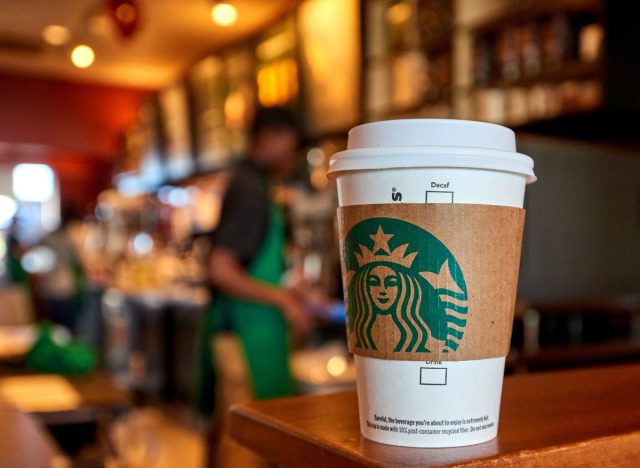

Want to drink a melted truffle? Well, back in 2005, you could! In January of that year, Starbucks rolled out its rich liquid chocolate drink, Chantico, made of steamed cocoa butter and whole milk. It was billed as a “drinkable dessert” and a “grown up hot chocolate.” That’s one way to put it: the thick, creamy drink had a whopping 390 calories and 20 grams of fat in the six-ounce cup size. Despite the fanfare upon its release, and some diehard fans, it was not a long-term success. After just 11 months, the drink was deemed a “rare flop” and was pulled off the menu because it was not customizable. At that point, Starbucks customers were used to tailoring drinks to suit their personal tastes.
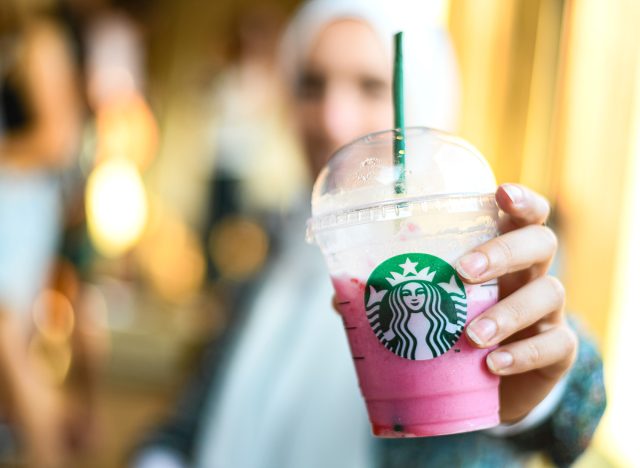

This Pinkberry-inspired creamy drink failed to make it in the long run. In the summer of 2008, Starbucks launched Sorbetto, a tart and fruity drink in flavors like Tropical Tangy Crème and Berry Pink Citrus. The icy drinks were launched in 300 California locations. Starbucks CEO Howard Schultz was convinced it would be the next Frappuccino and was banking on it to revive sales.
READ RELATED: 7 Best Foods That Improve Eye Sight Health
But the drink failed to make an impression on customers and baristas. The machine, which took up precious counter space, was too fussy. It took an hour and a half to clean it at the end of a shift. One year after launch, executives pulled the plug. “Sorbetto, we did too quickly, and that was my fault,” Schultz told the New York Times in 2011.
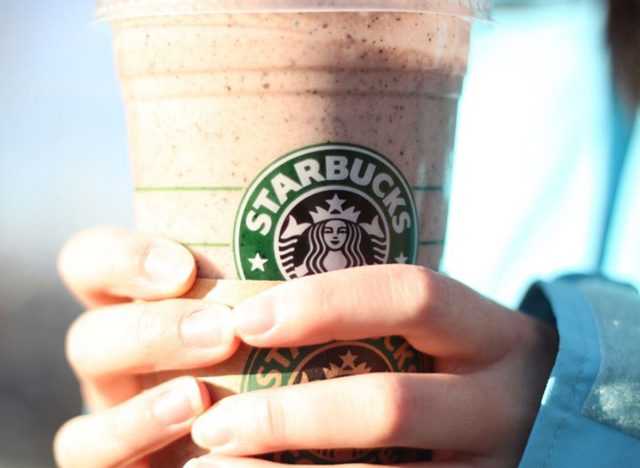

In 2008, Starbucks was looking to win the hearts of the health-conscious customer. The solution? A high-protein smoothie called Vivanno. These were released alongside the Sorbetto drinks in an effort to boost slow afternoon sales. Milk, ice, a whole banana, whey protein, and fiber powder were blended up and sold in flavors like Orange Mango Banana and Chocolate Banana.
The drinks boasted 16 grams of protein, five grams of fiber, and no artificial colors, sweeteners, or high fructose corn syrup. The smoothies were launched nationwide, but after about five years or so, the company stopped calling them “Vivanno.” (However, you can still order a smoothie at Starbucks, complete with protein powder. Who knew?)
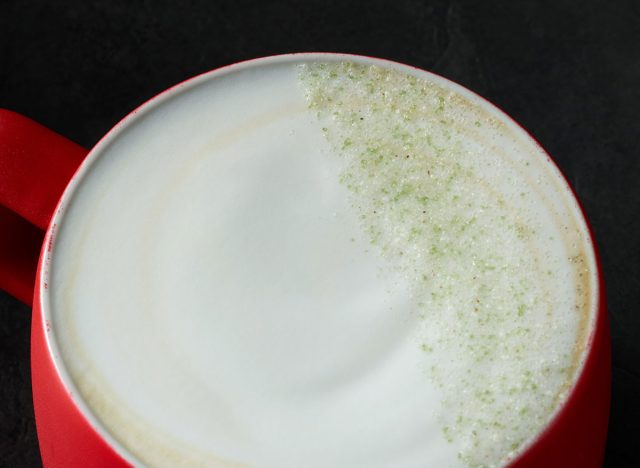

Here’s a holiday drink that floundered. In 2018, Starbucks released the Juniper Latte as a holiday drink option alongside Chestnut Praline Latte and Eggnog Latte. Drinkers could finally find out what a Christmas tree tasted like—and not in a good way. The mix of espresso, steamed milk, juniper syrup, and pine-citrus sugar sprinkled on top proved too much for many.
While Starbucks billed the drink as “a light, pine-like flavor with delightful citrus undertones,” some customers likened the taste to gin, grass, Pine-Sol cleaner, and even dirt. The earthy latte was not a hit, and vanished from menus after that holiday season.
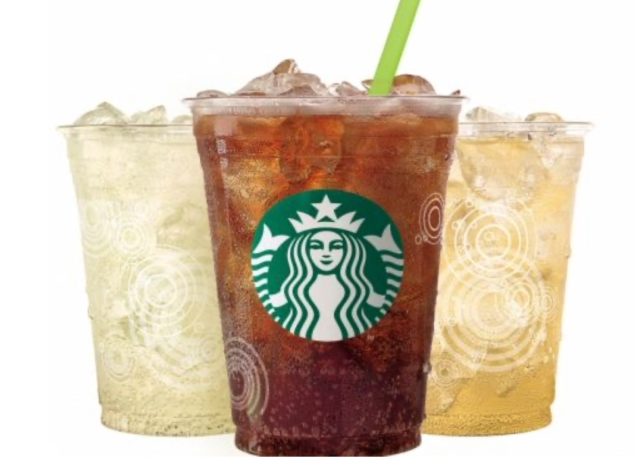

In summer of 2014, Starbucks launched Fizzio, a line of low-calorie sodas handcrafted in 16 states. It came in three flavors: Golden Ginger Ale, Spiced Root Beer, and Lemon Ale. According to Starbucks, the Fizzio machine was a “breakthrough in carbonation technology”—rather than simply adding flavor to already fizzy water, the ingredients were carbonated together and made-to-order. Customers could even customize the level of carbonation or add fizz to other menu items, like iced tea. But it was those very machines that partly led to the demise of the Fizzio: baristas said the machines were often broken and took weeks to fix. Two years in, the product was quietly taken off the menu.
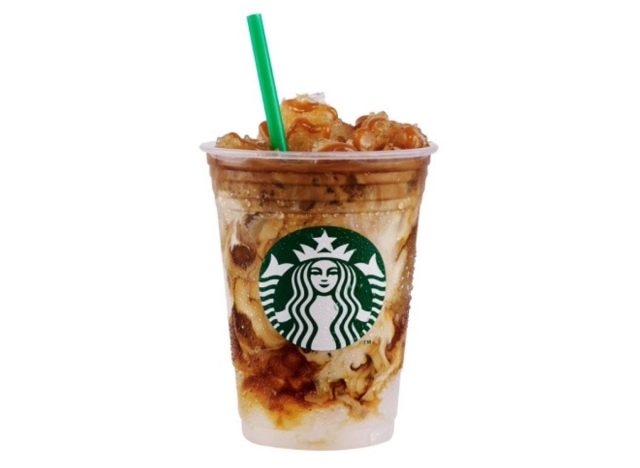

Starbucks has long been seeking non-caffeinated drinks to get customers through the doors during the afternoon slump. In June 2016, the coffee chain launched Granitas, a twist on the Italian icy treat made with a scoop of sweetened shaved ice and topped with espresso, white tea, or limeade. There were three flavors: Caramel Espresso, Teavana Youthberry White Tea, and Strawberry Lemon Limeade. Unfortunately, it wasn’t a big seller, probably because the window to order one of them was so slim—they were on the “Sunset Menu” that only ran after 3 p.m. daily. “They were created with the idea to drive evening sales,” one barista wrote. “Surprise, no one wanted them at any time.”










